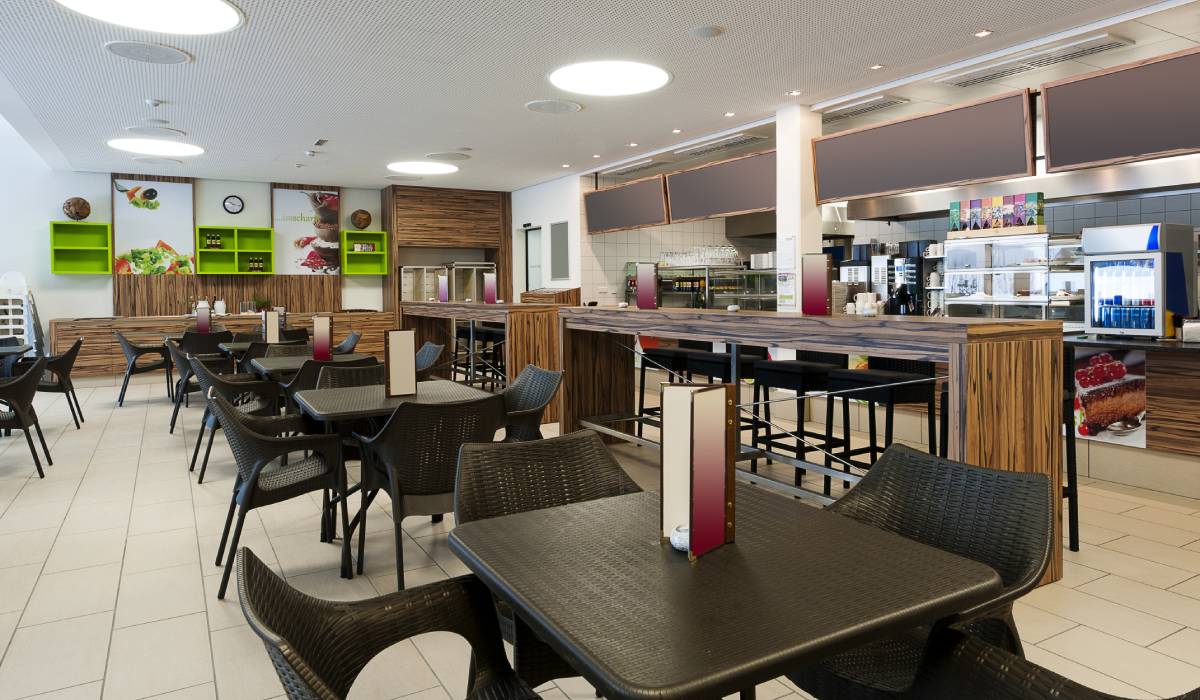Food and drink establishments gained only 29,000 jobs in September, meaning restaurants are still 1 million jobs shy of where they were prior to the pandemic, according to the Bureau of Labor Statistics.
In September, 11.38 million were on payroll, up only slightly from 11.35 million in August. From January to July, employment in food services and drinking places saw an average monthly gain of 197,000, but the industry lost roughly 25,000 in August (revised from a loss of 41,500 in the previous report).
A National Restaurant Association Survey of 4,000 restaurant operators found that 81 percent of full-service operators and 75 percent of quick-service leaders believe their restaurants don’t have enough employees to meet demand. As a result, 68 percent reduced hours of operation in the past three months, 46 percent cut back on menu items, 45 percent closed on days they’d normally be open, and 44 percent reduced seating capacity.
“Today’s jobs numbers are another red flag that industry rebuilding has reversed in recent months,” Sean Kennedy, executive vice president of public affairs, said in a statement. “In the face of economy-wide struggles to hire, restaurant employment levels were essentially unchanged between July and September. It’s a sharp deceleration from where we were in the first seven months of this year, and the workforce strain is having a direct impact on the ability of restaurant operators to keep their dining rooms open.”
The Bureau of Labor Statistics noted that weakening employment coincides with slower sales, rises in operating costs, and decreases in consumer confidence. Seasonally adjusted sales at food services and drinking places increased from $71.02 billion to $71.96 billon between June and July—a roughly $940 million increase. But sales lifted to just $71.98 billion in August, only a $22 million difference from July.
READ MORE: Restaurant Recovery and Reset: Outlook for 2021’s Second Half
The study by the National Restaurant Association found only 24 percent of operators saw higher sales in August compared to 2019, including 21 percent for full-service operators and 26 percent for quick-service. Sixty percent of casual-dining owners and 55 percent of limited-service operators said business conditions are worse now than three months ago. For instance, the prices of beef and veal (59.2 percent) grains (98 percent), and shortening and cooking oil (43.5 percent), have skyrocketed year-over-year, and data from OpenTable shows there are now dining restrictions in more than a third of states.
Even more staggering, dining-in at restaurants was less common in September than it was in the year-ago period.
In response, both the National Restaurant Association and the Independent Restaurant Coalition called for replenishment of the Restaurant Revitalization Fund, which began with $28.6 billion, but quickly ran out of money. The IRC discovered in an email survey that 85 percent of restaurant and bar owners reported not receiving any funds, and more than 82 percent reported concern about closing permanently without a grant. Also, 18.3 percent of respondents said their credit scores dropped below 570, meaning they are unable to take on any more loans.
“If the Biden Administration wants to help neighborhood restaurants get back to work, they should urge Congress to refill the Restaurant Revitalization Fund immediately,” Erika Polmar, executive director of the IRC, said in a statement. “The pandemic left independent restaurants and bars close to insolvent and unable to rehire the 11 million people they once employed. The administration received applications from nearly 200,000 eligible restaurants and bars that have been waiting six months for the help they were promised to keep their teams working. These businesses are doing everything they can to get by, but winter weather and the increasing cost of doing business makes that harder by the day.”
As for the labor crisis, it doesn’t appear a turnaround is coming anytime soon. Joblist, which surveyed more than 25,000 job seekers over the past three months, found that 58 percent of hospitality workers are planning to quit before the end of 2021. Only 42 percent reported being satisfied with their jobs, compared to 64 percent pre-pandemic.




